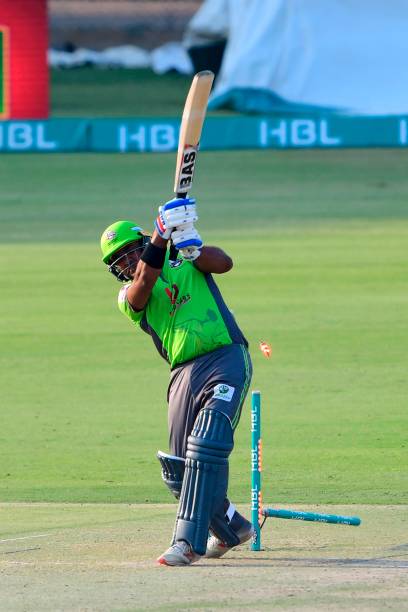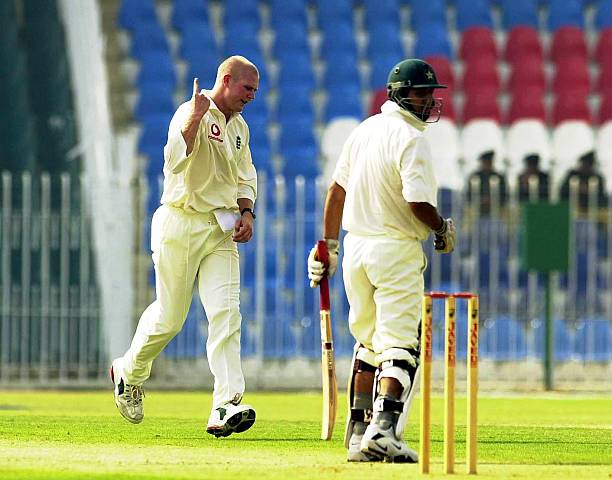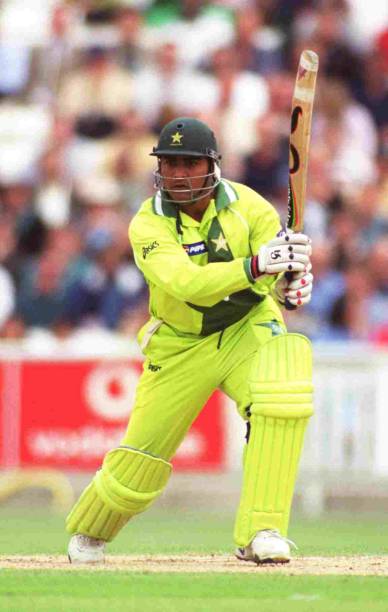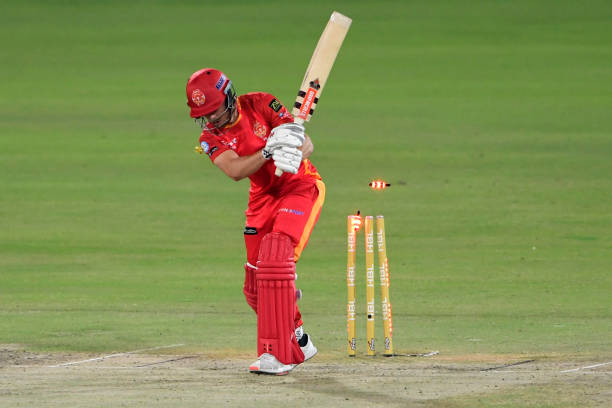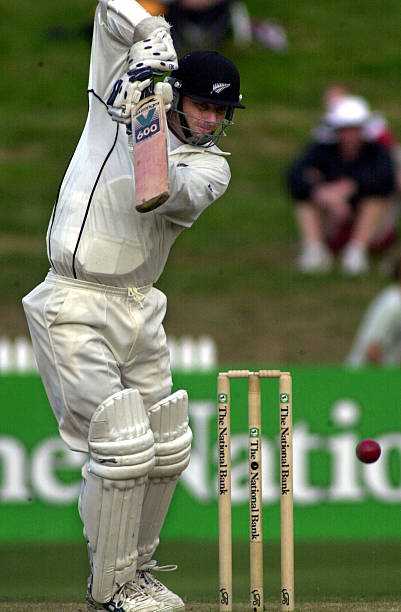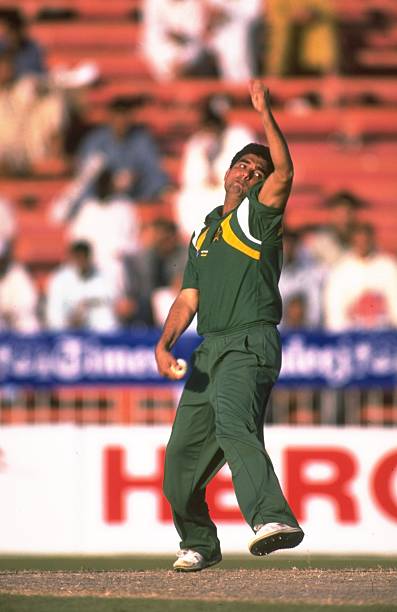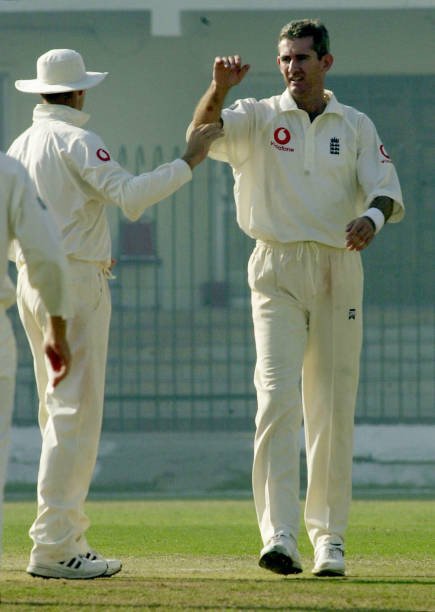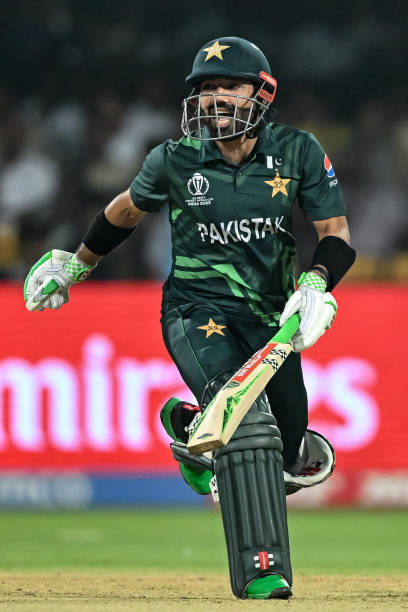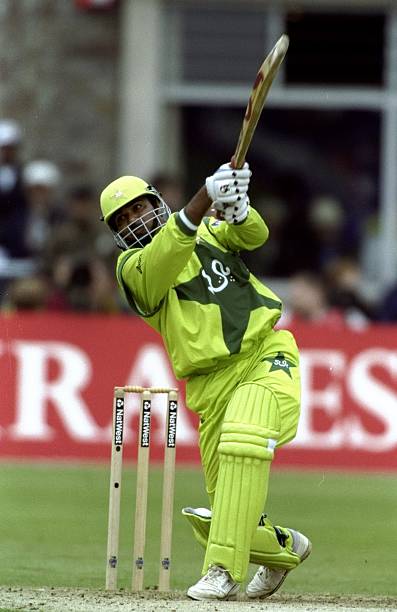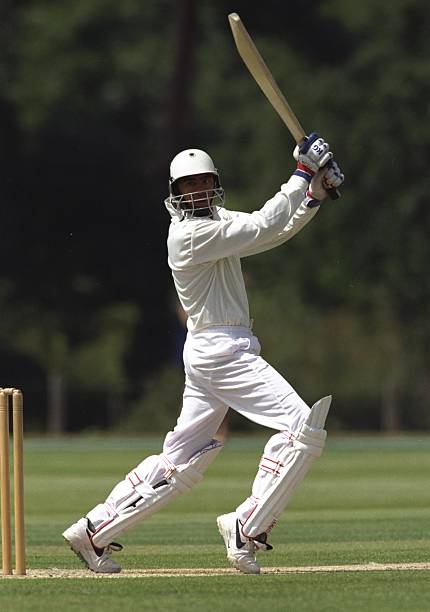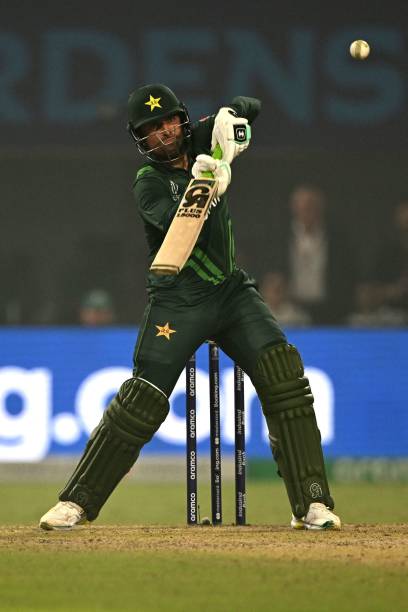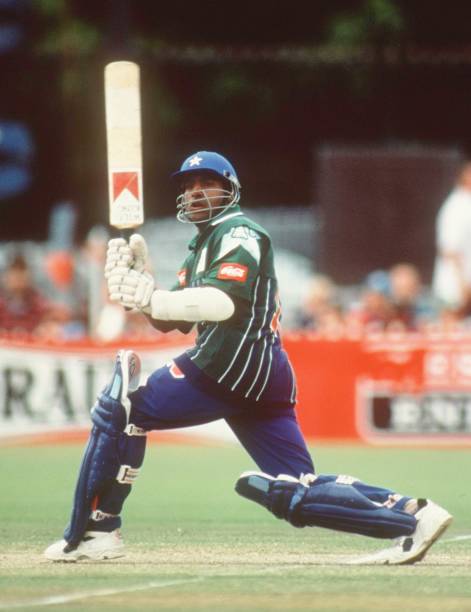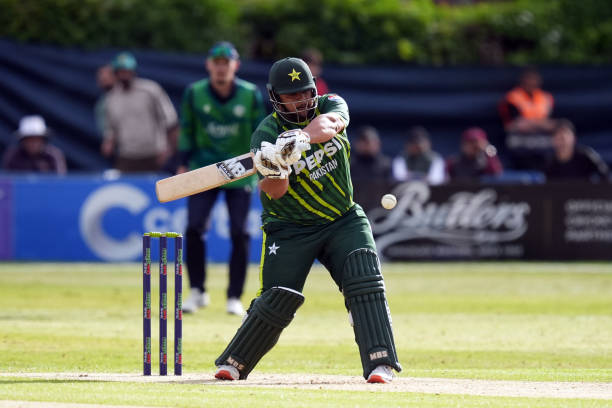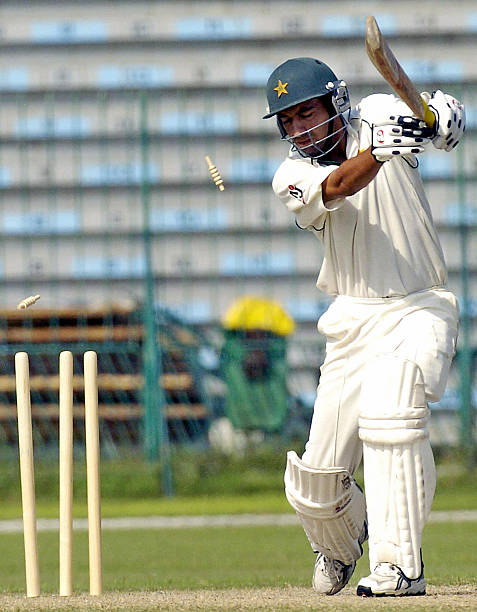
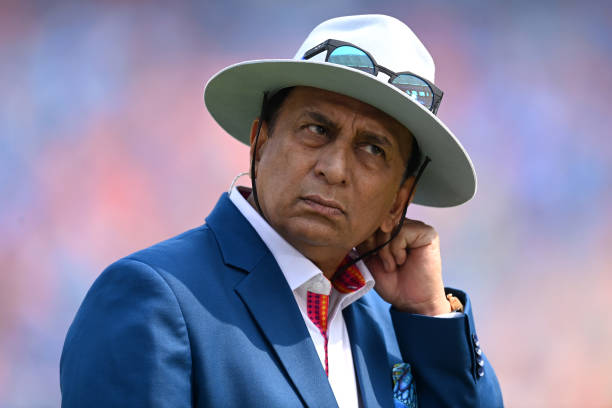
Sunil Manohar Gavaskar, a legendary figure in the annals of Indian cricket, is celebrated as one of the most remarkable opening batsmen ever. Renowned for his flawless technique, poise during critical moments, and dependability, Gavaskar’s influence on Indian cricket transcends mere statistics. He was a trailblazer in Indian cricket, particularly during an era when the game was still maturing in the subcontinent. His legacy as a batsman, leader, and role model continues to motivate countless generations of cricketers.
Early Life and Background
Born on July 10, 1949, in Mumbai (then Bombay), India, Sunil Gavaskar hails from a family not directly affiliated with cricket. His father, Manohar Gavaskar, was a prominent figure in the local business sector, while his mother, Pushpa, was a homemaker. Despite lacking a cricketing lineage, Gavaskar felt an early attraction to the sport.
Growing up in a cricket-rich environment like Mumbai, Gavaskar encountered the game early on. His initial experiences as a cricketer were at St. Xavier's College, where he cultivated his batting prowess. From the very beginning, it was evident that he was a gifted player, and his ascent was both steady and swift. Like many Indian cricketers, he perfected his skills on the streets of Mumbai, where gully cricket provided the foundational platform for numerous future cricketing talents.
Early Career and Domestic Success
Gavaskar made his first-class cricket debut at 19 for Mumbai (then Bombay) in 1968. In his inaugural season, he displayed his extraordinary talent by accumulating impressive runs, finishing the season as one of the leading run-scorers in the Ranji Trophy. His performances attracted the attention of national selectors, and it wasn't long before he was summoned to the Indian national team.
In domestic cricket, Gavaskar’s reliability was unparalleled. He was known for his technically proficient batting, and his capability to handle both pace and spin with equal finesse rendered him a formidable player. His performances in the Ranji Trophy turned him into a household name across India, establishing him as one of the standout batsmen of his era.
International Debut
Sunil Gavaskar's entry into international cricket occurred in 1971, during India’s tour of the West Indies. At just 21 years of age, Gavaskar was selected to open the batting against a world-class West Indian bowling attack, featuring legendary fast bowlers like Charlie Griffith and the fiery Wes Hall. The conditions were challenging, and the pressure on a debutant was tremendous, but Gavaskar met the challenge head-on.
In his very first Test match, he impressed everyone by scoring 65 runs in the second innings. However, it was his next match that truly heralded the start of his career. In the second Test at Port of Spain, Gavaskar scored 116 runs, marking his entry as a future star. His ability to handle fast bowlers with ease garnered him immediate acclaim, and he quickly became one of the most reliable players in the Indian lineup.
The 1970s: Rise to Prominence
The 1970s marked a pivotal decade for Sunil Gavaskar. He swiftly emerged as India’s most trusted batsman and was at the forefront of Indian cricket during a time when the team was still seeking its footing on the global stage. He became the first player to accumulate 1000 runs in Test matches within a calendar year, an accomplishment that further solidified his standing as one of the premier batsmen in the world.
Gavaskar's performances during the 1970s were consistent, particularly shining against the West Indies, who were the dominant force in world cricket at that time. In the 1971 series against the West Indies, Gavaskar played crucial roles in India’s victories, which were regarded as a landmark achievement for Indian cricket. His subsequent performances during the 1974 tour of England further highlighted his growing reputation, as he scored runs in tough conditions.
The 1980s: An Ongoing Power in Global Cricket
As the 1980s began, Sunil Gavaskar was solidly recognized as one of the top batsmen in global cricket. His technique and capacity to sustain lengthy innings made him a consistent asset for India, even as the sport transformed and new talents arose.
The 1983 World Cup represented a pivotal moment in India's cricketing journey, with the team, under the captaincy of Kapil Dev, clinching their inaugural World Cup title. Although Gavaskar didn't perform at his peak during the tournament, his guidance, counsel, and presence in the locker room were crucial to India's triumph.
Despite occasional declines in performance, Gavaskar consistently showcased skills that highlighted his class. His tour of Pakistan in 1983-84 stood out for his impressive displays, reaffirming his position as one of the most daunting opening batsmen globally.
Remarkable Records and Milestones
Gavaskar's records serve as proof of his remarkable career. He became the first player ever to amass 10,000 runs in Test cricket, finishing his career with 10,122 runs from 125 Tests, featuring 34 centuries. His proficiency in overpowering fast bowlers, particularly on foreign pitches, earned him esteem as one of the finest opening batsmen the game has ever seen.
His most iconic performances include:
- 34 Centuries in Tests: Gavaskar's achievement of 34 centuries in Tests was monumental during a period when scoring hundreds was a rarity in Test cricket.
- First to 10,000 Test Runs: Gavaskar’s landmark tally of 10,000 runs distinguished him as the premier Indian batsman of his era.
- Leading India with Poise: Gavaskar captained the Indian cricket team through a challenging phase in the 1980s. Though his leadership wasn't always synonymous with success, his composed demeanor during tough times facilitated India’s stability and progression.
- Strong Performances in Australia and the West Indies: Gavaskar’s displays in Australia and the West Indies against some of history's fiercest fast bowlers reinforced his status as one of the greatest opening batsmen to grace the sport.
Retirement and Life After Cricket
Sunil Gavaskar hung up his boots from international cricket in 1987, leaving behind a legacy that remained unmatched in Indian cricket at that juncture. His retirement signaled the conclusion of an era, having been a significant figure in Indian cricket for over 16 years.
Following his retirement, Gavaskar shifted to commentary, becoming one of the most revered voices in global cricket. His perceptive insights into the game and deep understanding of batting intricacies positioned him as a highly sought-after analyst in the sport. Gavaskar also took on administrative roles and engaged with various cricketing boards, influencing the future direction of Indian cricket.
Enduring Legacy and Influence
Sunil Gavaskar’s influence on Indian cricket is invaluable. His contributions to the sport, both as a player and commentator, have integrated him deeply into the essence of Indian cricket. He not only laid the groundwork for upcoming generations of Indian cricketers but also set a benchmark for success as a batsman on the international scene.
As one of the earliest Indian players to attain worldwide acknowledgment and respect, Gavaskar's work ethic, fervor for the game, and ability to excel under stress have motivated countless cricketers, including today's icons like Virat Kohli and Rohit Sharma, who often regard Gavaskar as a source of inspiration.
Final Thoughts
Sunil Gavaskar’s narrative is one of resilience, brilliance, and commitment. His capability to excel against the most formidable rivals, his leadership qualities, and unwavering consistency have established him as one of the preeminent opening batsmen in cricket's history. As a pivotal figure who propelled Indian cricket onto the global stage, Gavaskar’s legacy continues to shine brightly, and his influence resonates in the world of cricket even today.
Through his exceptional records, his ability to inspire future generations, and his profound impact on Indian cricket, Sunil Gavaskar remains an everlasting legend in the rich history of the sport.

